Top 10 Insects And Spiders You Won't Believe Exist
Description
Top 10 Insects And Spiders You Won't Believe Exist
If you're new, Subscribe! → http://goo.gl/djmfuX
Top 5 Best is the #1 place for all your heart warming stories about amazing people that will inspire you everyday. Make sure to subscribe and never miss a single video!
#viralstory #amazingpeople #top5best
Top 10 Insects and Spiders You Won't Believe Exist
Insects and arachnids actually out number humans by around a million to one. It’s no wonder why they
come in such a wide array of shapes and forms. Here are probably some that you’ve never seen before,
especially number one which is an insect that doesn’t look like an insect at all. Stay tuned to find out
what that is as we bring you the top 10 insects and spiders you won’t believe actually exist.
Number 10. The Giant Golden Orb Weaver Spider
Most bats feed on insects, or any other animal it could manage top fit into its mouth, including spiders.
But, did you know that there is a species of spider that has turned the tables on these nocturnal flyers?
A common sight when walking in the forests of Japan and India, this is the spectacular, but rather
frightening Giant golden orb-weaver spider, which are also commonly called giant wood spiders, or the
bat-eating spider. Yes, you heard me right, they are called bat-eating spiders.
They are quite large, sporting a leg span of eight inches, but it’s their more impressive webs that are
responsible for catching their night time prey. These guys can spin an orb shaped web more than a
meter across. Add to that the fact that spider silk is pound for pound stronger and tougher than steel,
then you have a perfectly good bat trap.
The thing is, they actually don’t intentionally build webs to catch bats, they actually prefer smaller prey
like flying insects, but small bats accidentally run into these webs and get trapped. When this happens,
these opportunistic hunters won’t turn their noses up to a bat meal.
Number 9. The Giant Weta
Endemic to New Zealand, giant wetas are enormous bugs that are related to crickets. The largest giant
wetas can weigh in excess of 70 grams or about 2.5 ounces, making them among the heaviest insects in
the world. Obviously, being as heavy as a mouse can only mean one thing. These giant creatures have
lost the ability to fly, and although it looks like a cricket that had too much gym time, it can’t jump as
well. They are long too, with bodies measuring as long as about 4 inches not including the legs and
antennae.
Aside from being absolutely huge, giant wetas also have other characteristics setting apart from other
insects, for one, they breathe through their exoskeleton, and they also happen to have their ears on
their knees.
Because these giants are only found on islands, they are an excellent example of island gigantism. And
since they are only found on islands, they are highly susceptible to extinction. In fact, New Zealand’s
giant weta population is currently in decline, landing these insects into the endangered species list,
primarily due to predation by rats.
Number 8. The Myrmarachne Spider
This spider is an incredible example of Batesian mimicry, when one animal deters potential predators by
“disguising” as an unpalatable or dangerous animal of another species. In this case, it is a spider that
looks like a Weaver Ant, an ant that’s notorious for its painful bite and also because they produce two
different chemicals that increase the pain in the bite wound. They are also highly aggressive so many
birds, reptiles, and amphibians generally avoid them.
On the other hand, the Myrmarachne spider is harmless and shy; however, it pretends to be just as
tough by looking and walking almost exactly as a Weaver Ant; its cephalothroax is modified so that it
looks like the distinct head and thorax of an ant, and it has two black spots that mimic the ant’s eyes. Its
forelegs mimic the ant’s antennae, so the spider looks as if it had only six legs, like an actual ant.
It is only found in India, China and South Eastern Asia, but is not the only ant-mimicking spider; many
other species are found around the world’s tropics and they imitate many different kinds of aggressive
ant.
Number 7. The Atlas Moth
Common across the Malay Archipelago, these bird-sized insects are considered the largest moths in the
world. They are so big that their cocoons are occasionally used as purses in Taiwan.
The total area of their wings can measure more than 60 square inches and their wingspans can measure
at least 1 foot in length. They can also be over 1 inch thick!
Despite their size, this is one moth that won’t eat your clothes to shreds. These giants actually have no
mouths and don’t eat once emerging from their cocoons. All their adult life, all two weeks of it, they rely
solely on the fat they stored while they were caterpillars, or as I like to call them, glutton worms.
Some say the moth is named after Atlas, in Greek mythology. He was the Titan condemned by Zeus to
hold the sky upon his shoulders.

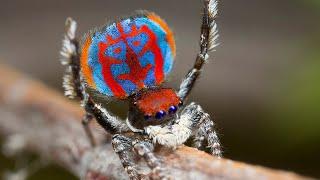
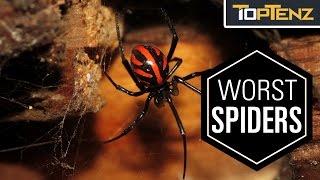
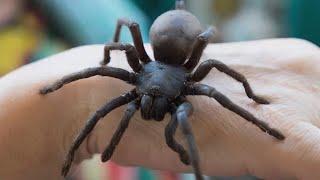
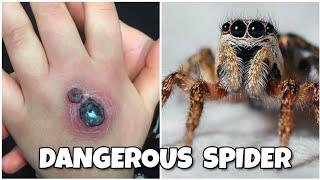
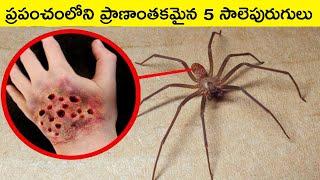
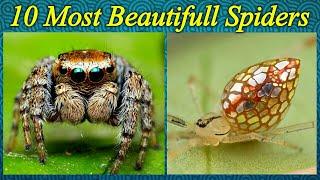
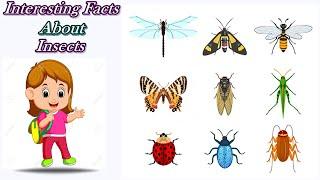
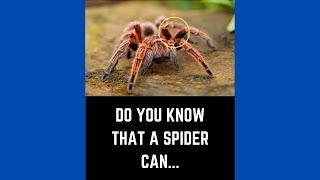
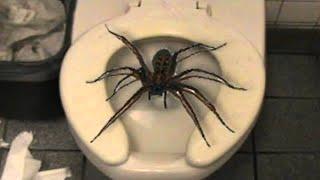
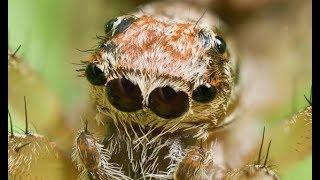
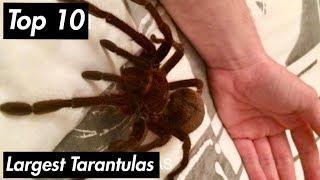
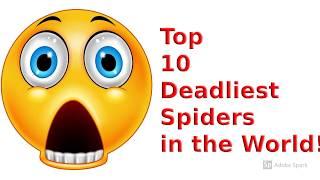
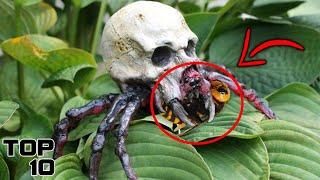
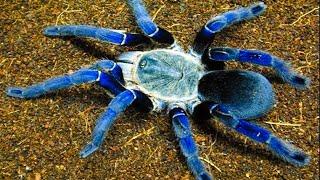
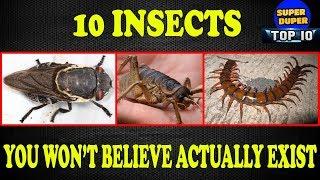





Comments